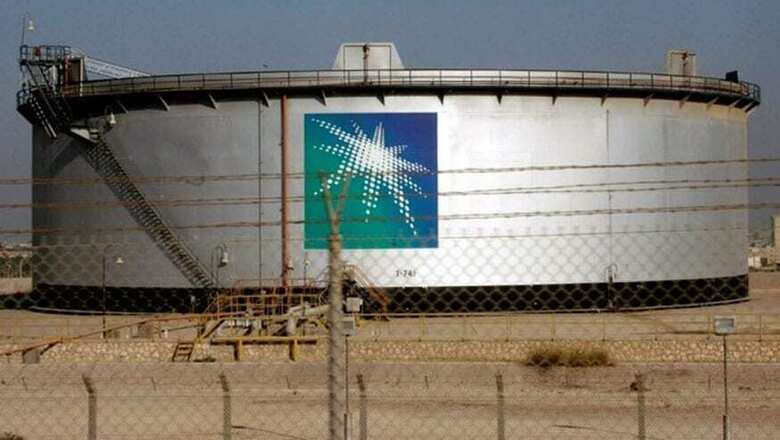
views
Tokyo/Singapore/Dubai: Saudi Arabia, the world's top oil exporter, will supply full contracted volumes of crude to some Asian buyers in July, while cutting allocations to the United States, industry sources with knowledge of the matter said on Monday.
State-run oil company Saudi Aramco will supply full crude volumes to at least five Asian buyers mainly in North Asia, while lowering volumes for some customers in India, China and South Korea, the sources told Reuters on condition of anonymity.
Elsewhere, crude allocations to the United States have been lowered but Aramco kept volumes steady to Europe compared to June, two sources said, without providing details.
One of Aramco's main buyers in China opted for lower nominations in July due to planned refinery maintenance and the more expensive Dubai benchmark, one of the sources said.
Another North Asian customer said Aramco would supply full volumes of heavy crude for a third straight month.
According to the July plans, Aramco will cut supplies to South Korea by almost 5 percent, India by around 20 percent and China by some 10 percent, while supplying full volumes to buyers in Japan and Taiwan, said one source who had knowledge of the nominations but did not wish to be identified.
Saudi Arabia, de facto leader of the Organization of the Petroleum Exporting Countries, has cut oil output as part of a global supply pact and trimmed exports to meet rising domestic demand for power during the hot summer months.
An OPEC-led agreement to curb global oil supplies was extended last month until March 2018.
Aramco last month notified Asian refiners that it will reduce oil supplies to Asia by about 7 million barrels in June, its first cuts for that region since the OPEC-led output reductions took effect in January.
When OPEC announced the curbs last year, Saudi Arabia told its customers in Europe and the United States that they would receive lower volumes but shielded most of Asia from the cuts.
However, power demand peaks during summer in the desert kingdom, with residents turning up air conditioners as temperatures reach as high as 50 degrees Celsius.
This year is likely to see an earlier spike in demand as the Muslim fasting month of Ramadan started in late May.
Under the supply pact, OPEC states, Russia and other major producers agreed to cut output by about 1.8 million barrels per day (bpd).
Saudi Arabia accounts for about 40 percent of the cuts pledged by OPEC. It has reduced output by more than 500,000 bpd so its total production now runs slightly below 10 million bpd.
Industry sources told Reuters in April that higher domestic demand for oil in the summer would weigh on exports especially if Saudi Arabia kept output at about 10 million bpd.
Saudi Arabia usually burns about 700,000 bpd of oil for power generation in the hottest months from May to August. This summer, the country may reduce domestic oil consumption as it plans to use more natural gas in power stations.


















Comments
0 comment